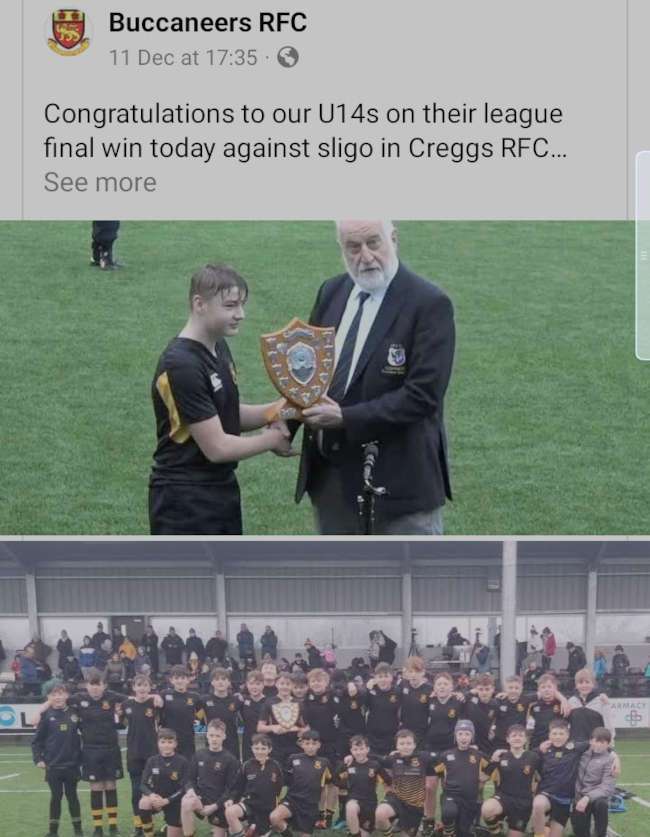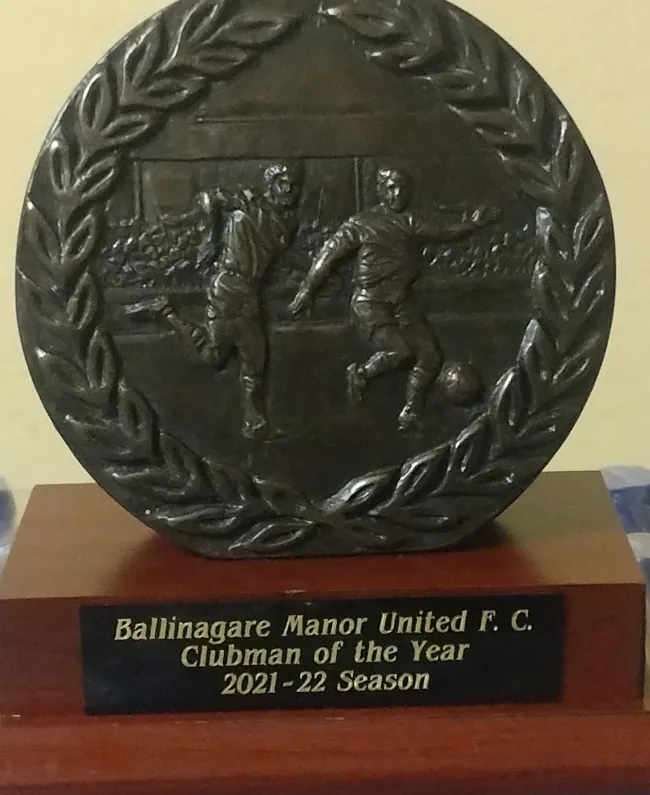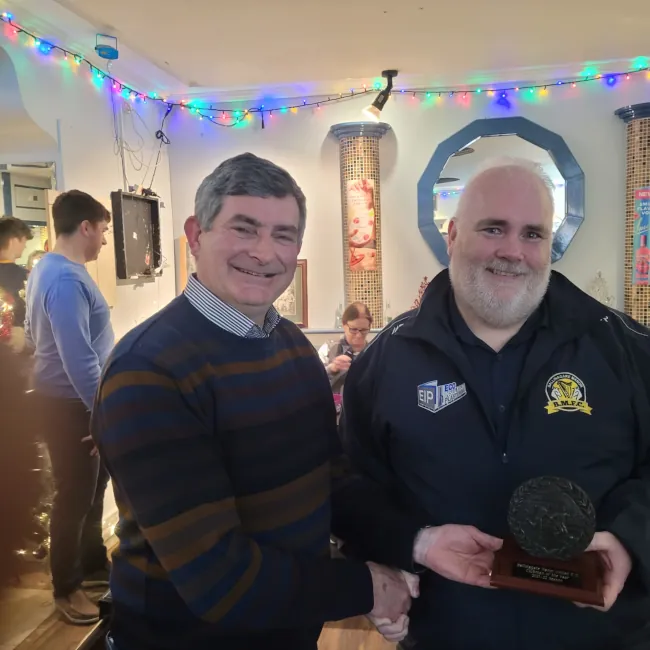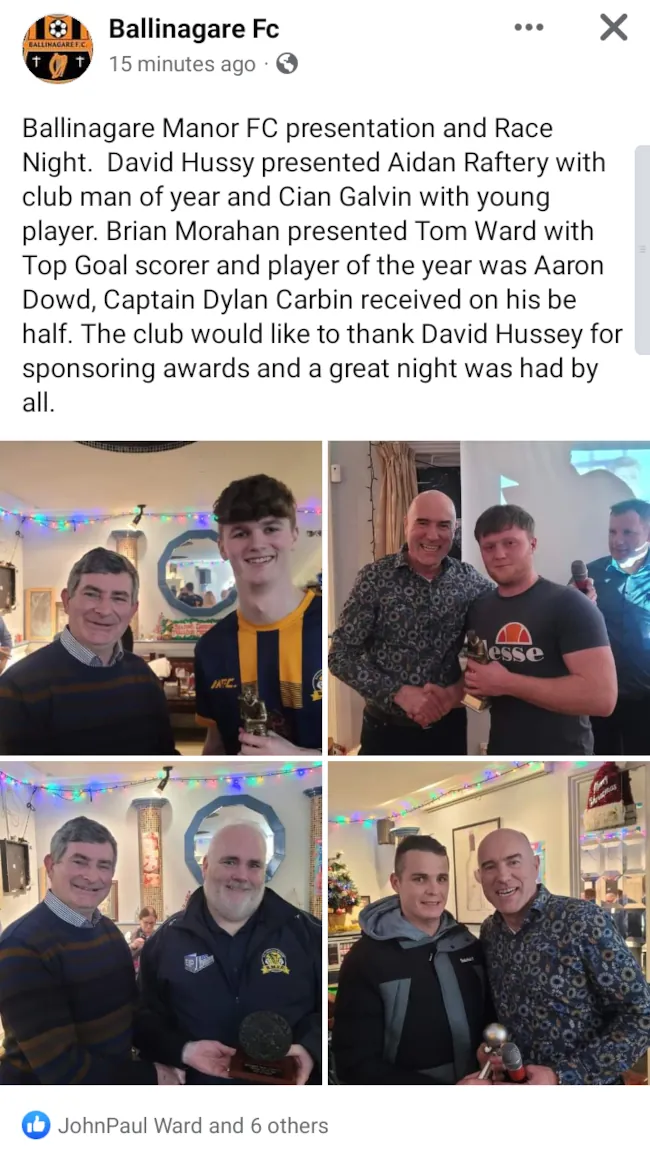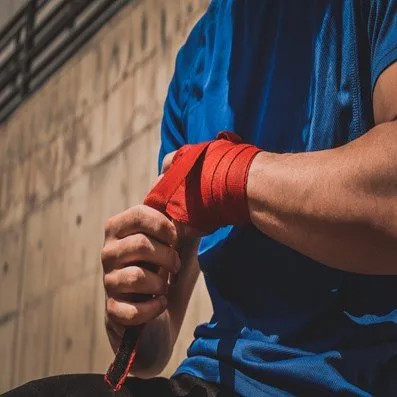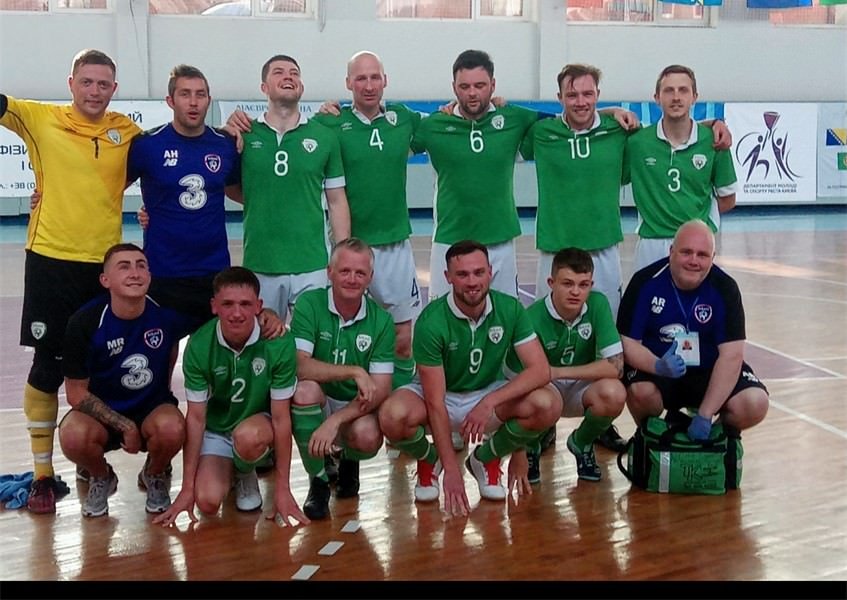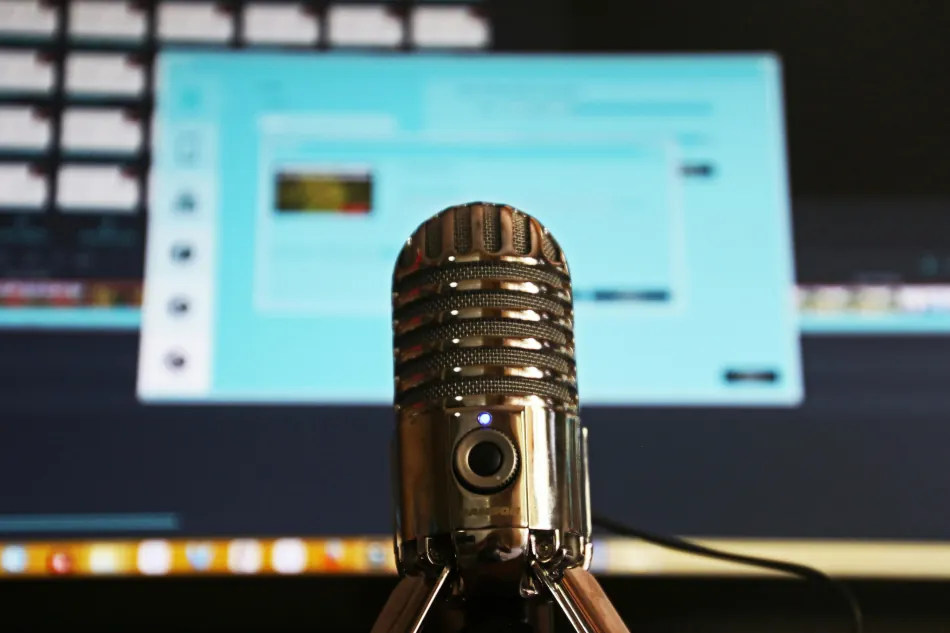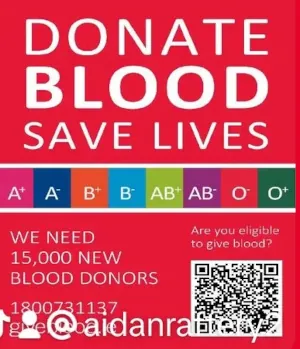WRIST SPRAINS
Wrist Sprains are usually contributed to tasks that are repetitively performed for long periods and or when a player or athlete is falling, it is natural to put out your hand to break your fall, this can occur in Rugby, or Gaelic Football or Hurling where or in soccer where goalkeepers are saving shots when there is a powerful shot or puck and the player or goalkeeper is trying to catch the ball or sliotar the power and momentum of the shot pushes the hand back or the ligaments become overstretched. Like the above Sprains, rest is key to the injury and anti-inflammatory and or ice is required to reduce pain and swelling. It is a common injury that, when treated on time is easy to recover from with the right treatment. It is best to put on wrist support which can be got from any pharmacy or chemist or medical supplier and it does help. The symptoms can be some or all of the following:
- Pain
- Swelling
- Numbness
- Pins and needles
- Tenderness
- Bruising
- Loss of motion
- And weakness
It is advisable to get it checked out in the hospital where they will x-ray it and you will be advised further depending on the extent of the injury there are other ways of diagnosing the extent such as a scan etc.
BROKEN BONES IN THE HAND
This includes but not limited to:
- Knuckles
- Fractured fingertips
- Thumbs
- Fingers
- Bones in the hand
Breaks occur where there is a severe impact on any of the above parts of the hand. It is, unfortunately, a common injury in rugby, Gaelic Football and Hurling. I will pick Hurling as an example for this case. Here is a scenario. A goalkeeper takes a puck out. The puck out usually goes high so the 2 or more players jump up to catch the Sliotar, to get the ball, one or 2 players will go to catch the ball and to other players may decide to pull on the ball in mid-air. Then the ball is hit but then there is the follow-through and the players Hurley continues and hits the players hand who wanted to catch the ball which will or can lead to one or all of the above bones been broken due to the force. How the hand or what way the Hurley hits the hand will dictate the extent and what bones get broken. The player will need to be taken off and brought to a hospital by ambulance or by a quick-thinking person. The hand will need to be x rayed or scanned to determine the extent of the break and what bones are broken in the hand. A Cast is required as part of the recovery for any break and recovery time varies depending on the extent of the damage does and how many bones in the hand are broken, from the wrist to the knuckles to the fingertips. The wrist consists of 8 Carpel bones which can also break.
PIP DISLOCATION
The PIP JOINT is in the finger. And to describe where the PIP Joint is: at the top of the finger you have the Distal Phalanx which is the top bone or fingertip in the finger. Below the Distal Phalanx is the DIP Joint. You then have the Middle Phalanx (bone in the middle of the finger). Below the Middle, Phalanx is the proximal Phalanx which is the bottom bone in the finger. The PIP Joint is the Joint between the Middle Phalanx and the Proximal Phalanx. A PIP Dislocation is where the finger is dislocated at that joint. In other words, it comes out of the middle Phalanx is in an unnatural position. Or it comes away from the joint. I can speak from personal experience on this injury as in my playing days I was a goalkeeper in Gaelic Football and Hurling and Soccer and 8 years ago in a 6 a-side soccer match I was the goalkeeper for my team and there was a hard shot and I saved it with my fingers and due to the power in the shot, it caused a PIP Dislocation. One of the players was a doctor and he put it back in place but there was swelling after it so I put ice on it and took an anti-inflammatory pain killer and rested it and the next day I went into the hospital to get an x-ray to see if there was any chip gone out of the bone and also to see if any further damage was done and also to see if it was put back right. I told the doctor the story after he looked at the x-ray and he said you are lucky you did what you did and you were right to come in here for us to x-ray it to check to make sure there was no further damage done and to make sure it was back in right as if not further damage could have been done and or possibility down the line of arthritis in the joint.
SPRAINS
As mentioned in the above injuries, a sprain is where the Ligaments become hyperextended or overstretched. We have mentioned in the above injuries the symptoms and treatments for them and what to do. However, sprains are never straight forward as just being a sprain. There are 3 grades of sprain:
- Grade I is where there is minor damage done to the ligament.
- Grade II is where there is more severe damage done to the ligament and as a result, the pain levels increase. The more severe damage done in a grade 2 can even be a partial tear which means a longer recovery period as well as looseness in the joint and some loss of function.
- Grade III is where the ligament is completely torn which means severe looseness and loss of function and may or usually requires surgery to repair the damage and means a good while out.
KINESIOLOGY TAPING
I am qualified in Kinesiology Taping for the Player/Athlete. During the course, I was amazed at the number of injuries that Kinesiology Tape can be used for. Kinesiology Tape Reduce pain gives support and helps with circulation help aiding and shortening recovery time.
The injuries it can be used for includes but not limited to:
- Carpel Tunnel Syndrome
- Quad Muscle Injury
- Achilles Tendon
- Ankle Sprain Grade I to III as part of recovery
- Shoulder injuries
- Rotator Cuff
- Tennis Elbow
- Patella Tendonitis
- Hamstring
- Calf Injury
- Lymph drainage
- Plantar Fasciitis
I wrote a blog specifically on Kinesiology Taping for the Player/Athlete. The blog can be found on my website as above.
If you have any queries on the above injuries or you need advice on them or you would like to make an appointment by calling me or emailing me or you can make an appointment on the website. I also do home visits if you can’t come to the clinic. Just one of many ways to make it easier for you, the patient when it comes to getting treatment with me. For more information on the services and to see other blogs I have written and clubs I work with, go onto the website.
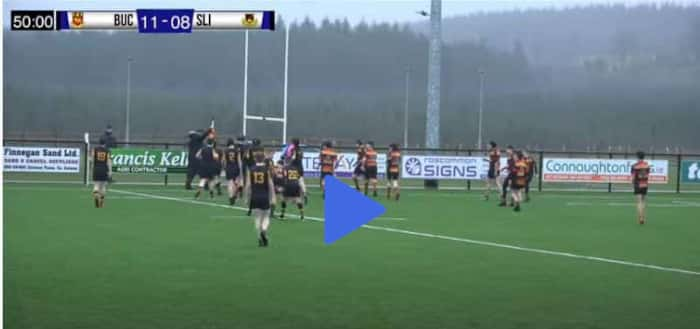
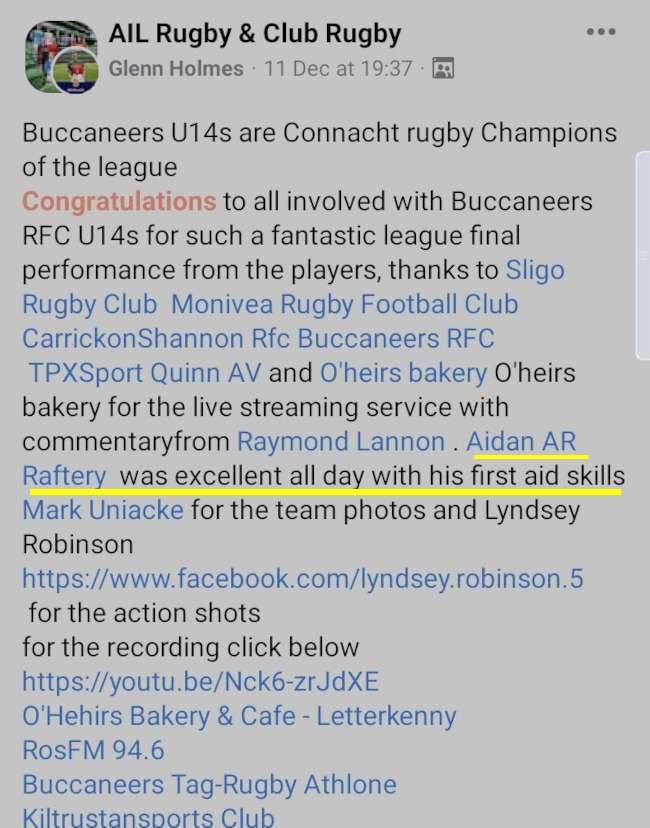 Personally delighted to get a mention above!
Personally delighted to get a mention above!
